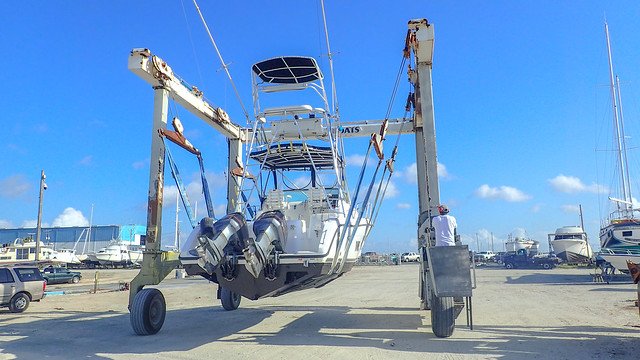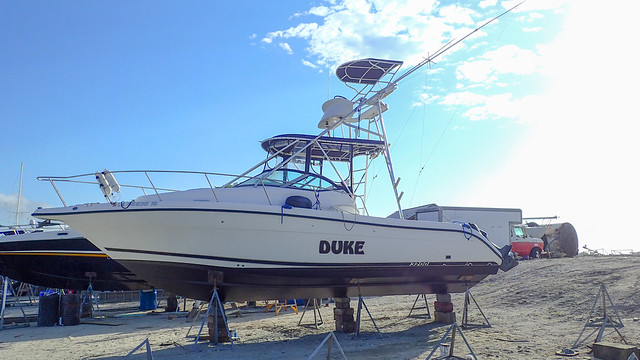Do you two understand the definition of UNNECESSARY?
I didn’t say it wasn’t a good idea.
Besides.....with his mentioned budget.....he ain’t gettin an offshore boat with 2 engines on it.
The chances of a newer, well maintained RUNNING boat engine just dying is very small.
A TON of boats go out and back in EVERY **** DAY with a single engine.
Bad fuel, water in fuel and battery issues are the biggest problems that cause issues. Make sure you have a 3 bank charger and 2 or 3 batteries one of them is dedicated to electronics the other(s) to the engine and spare
Carry (on top of having a sat phone, and an EPRIB) a set of basic tools, a new water separator, maybe a new fuel line.
I, when I still had my boat, always carried spare gas from a different gas station from where I filled up my boat. I’ll do it with the new boat I have ordered that I’ll pick up after the first of the year
If you have a boat that has 2 fuel tanks... fill em up at different fuel stations
I didn’t say it wasn’t a good idea.
Besides.....with his mentioned budget.....he ain’t gettin an offshore boat with 2 engines on it.
The chances of a newer, well maintained RUNNING boat engine just dying is very small.
A TON of boats go out and back in EVERY **** DAY with a single engine.
Bad fuel, water in fuel and battery issues are the biggest problems that cause issues. Make sure you have a 3 bank charger and 2 or 3 batteries one of them is dedicated to electronics the other(s) to the engine and spare
Carry (on top of having a sat phone, and an EPRIB) a set of basic tools, a new water separator, maybe a new fuel line.
I, when I still had my boat, always carried spare gas from a different gas station from where I filled up my boat. I’ll do it with the new boat I have ordered that I’ll pick up after the first of the year
If you have a boat that has 2 fuel tanks... fill em up at different fuel stations






Comment